Dohány Street Synagogue
Ludwig Förster
1854–1859
Image
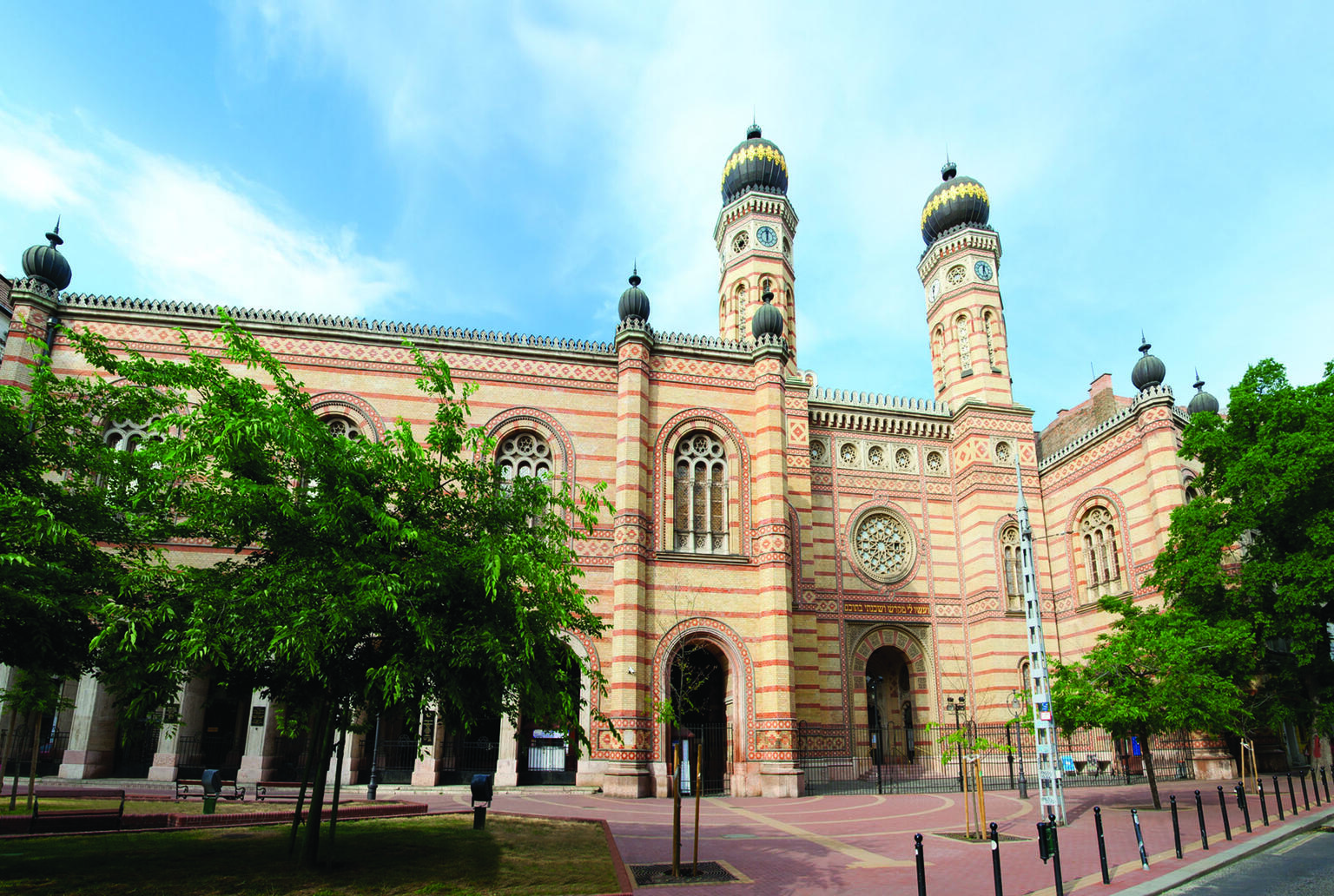
Engage with this Source
Restricted
Related Guide
Jewish Culture Confronts Modernity
1750–1880
Between 1750 and 1880, Jews were at the forefront of literary, visual, material, musical, and intellectual culture, introducing new techniques, innovative approaches, and fresh ways of looking at the world.
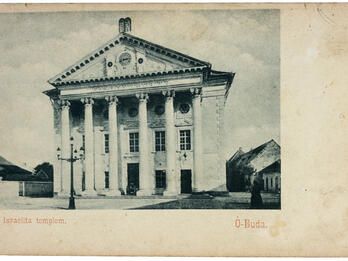
Related Guide
Synagogue Architecture
1750–1880
Synagogues built in Europe in the age of Emancipation had somewhat contradictory goals. On the one hand, they were to articulate a proud Jewishness, which by definition meant a distinctive style. On the other hand, they wanted to announce that they were deeply embedded in the European cityscape.
Creator Bio
Ludwig Förster
Ludwig Förster was a German-born Austro-Hungarian architect known especially for the synagogues and churches he designed. From 1842 to 1845 he taught at the Academy of Fine Arts in Vienna, while running his own architect studio. The Dohány Street Synagogue in Budapest, the Synagogue of Miskolc, and the Leopoldstädter Tempel in Vienna are considered his most important works. From 1861 to 1863 he served as a member of Vienna’s city council.
You may also like
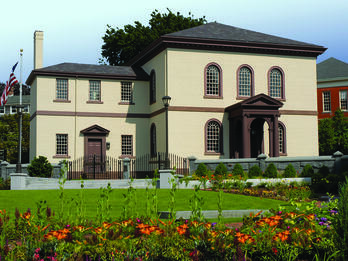
Touro Synagogue: America’s Oldest Jewish House of Worship
Built in 1763, Newport’s Touro Synagogue reflects colonial Palladian design and stands as a symbol of early Jewish life and liberty in America.

Synagogue in the Park at Wörlitz, Germany
Designed in the German neoclassical style, the Wörlitz synagogue was modeled on Rome’s Temple of Vesta, featuring a circular building with a conical roof. It was commissioned by Prince Leopold…
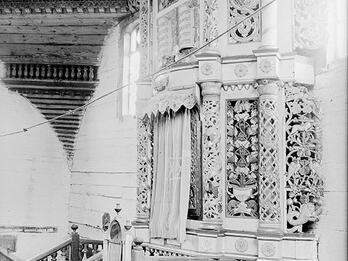
Janów Sokólski Synagogue
Janów, Poland, was home to a unique wooden synagogue. The town was settled by Jews toward the end of the seventeenth century, and, by 1739, the Jewish population formed the majority of the town’s…

Óbuda Synagogue
The Óbuda Synagogue in Budapest is the oldest functioning synagogue in Hungary. The building was inaugurated in 1821. Its restrained, neoclassical aesthetic was consistent with popular architectural…
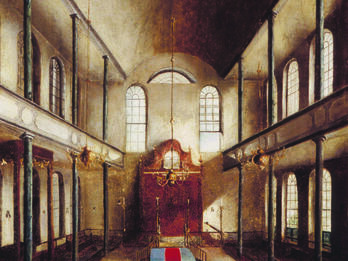
Interior of the Beth Elohim Synagogue Charleston, South Carolina (Solomon Nunes Carvalho)
The only image of the interior of the first synagogue of Kahal Kadosh Beth Elohim, a congregation established in Charleston in 1749, is this picture, painted from memory by Solomon Nunes Carvalho. The…
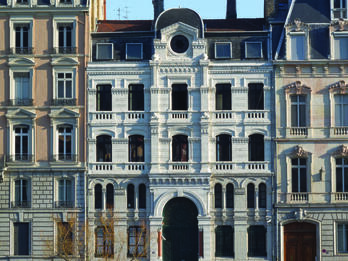
Grand Synagogue of Lyon
The Grand Synagogue of Lyon was built shortly after the establishment of a regional consistory by Emperor Napoleon III and the appointment of a regional chief rabbi. In 1858, a new synagogue for the…

